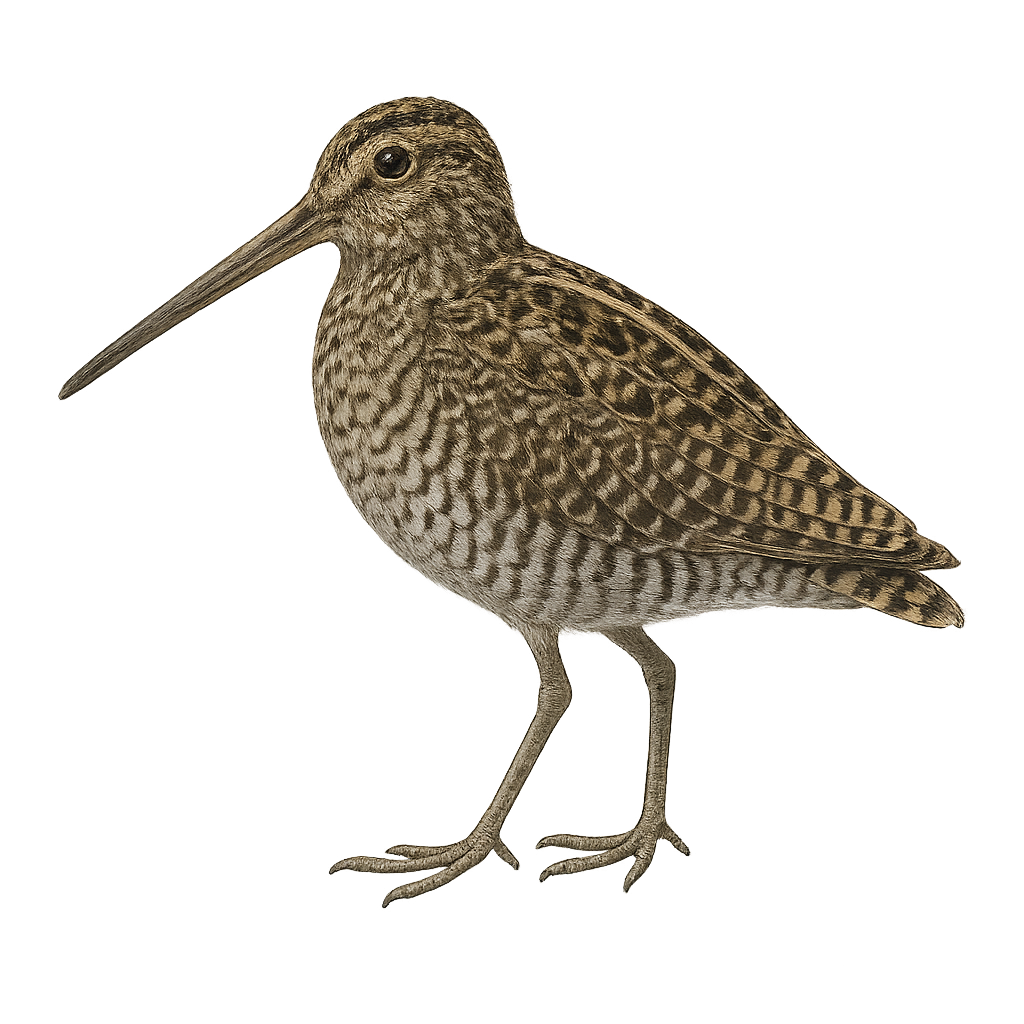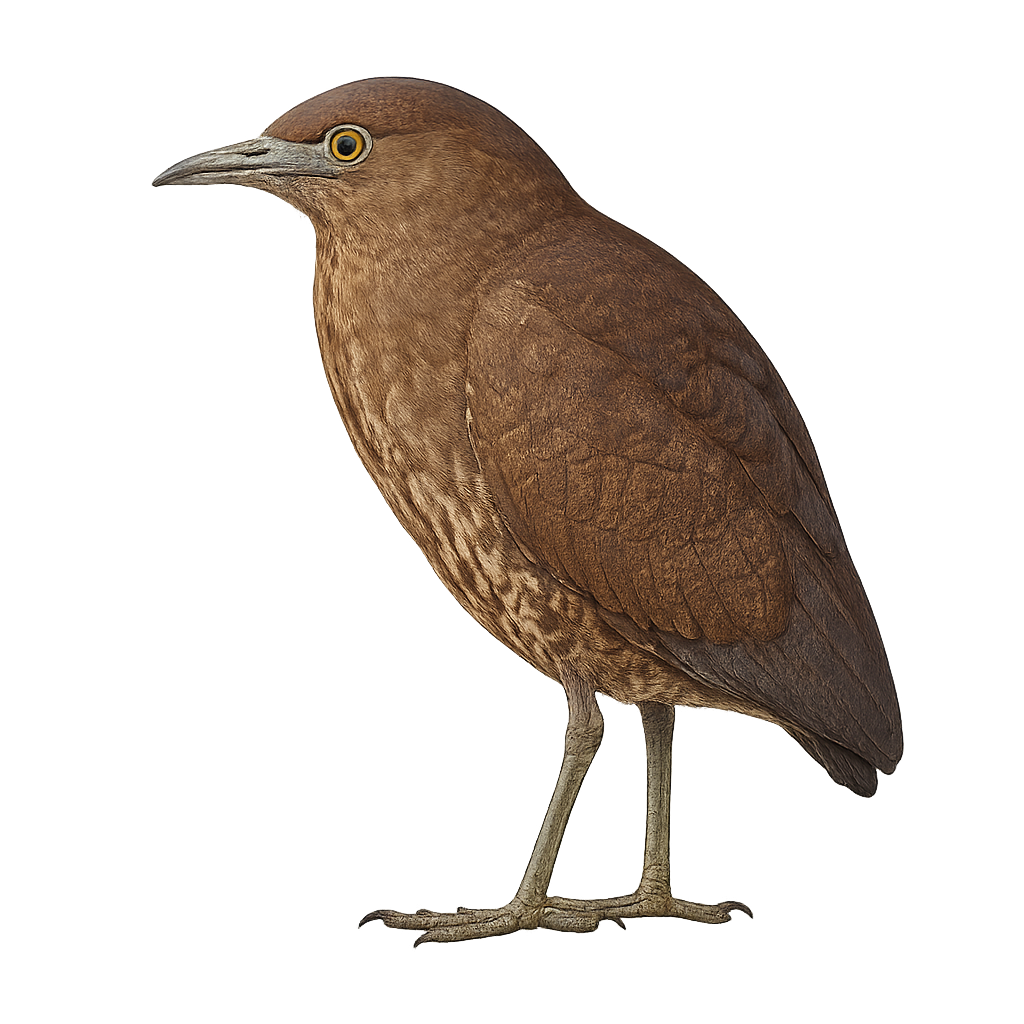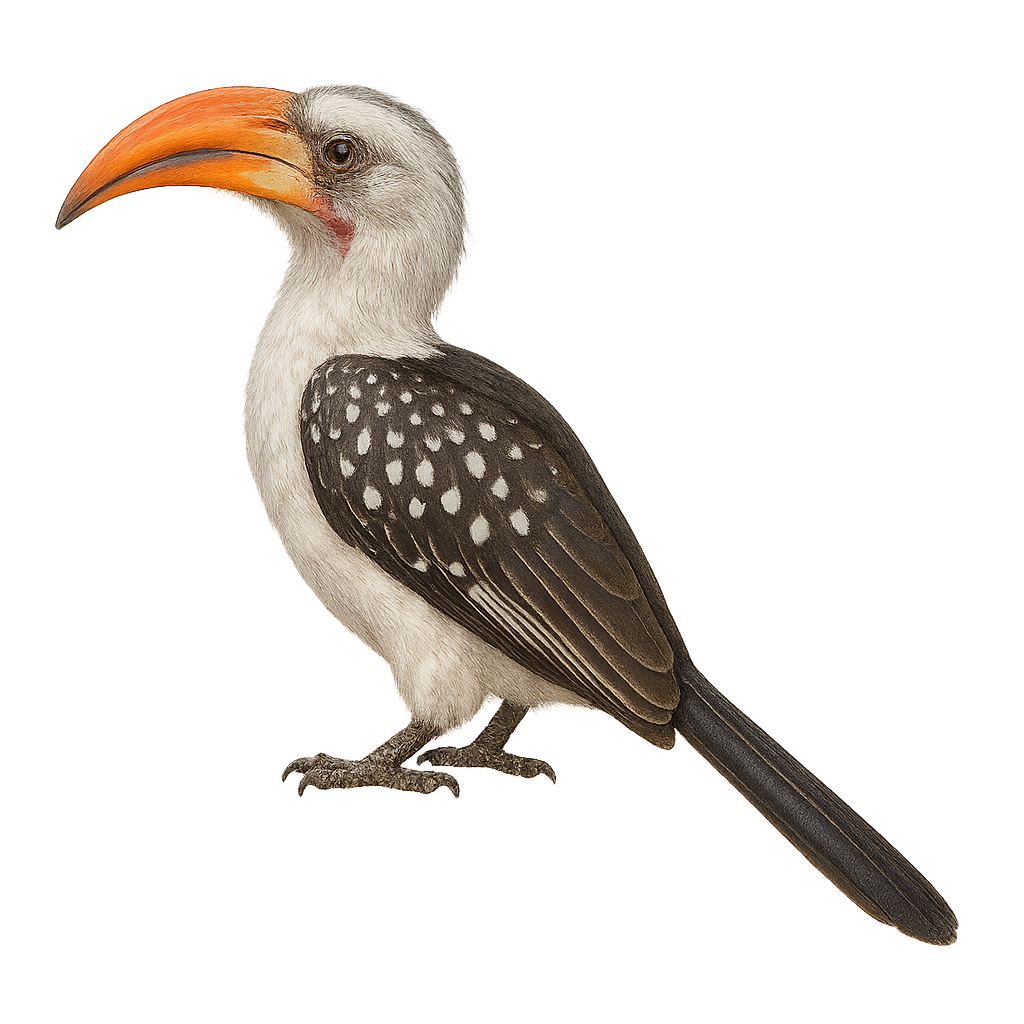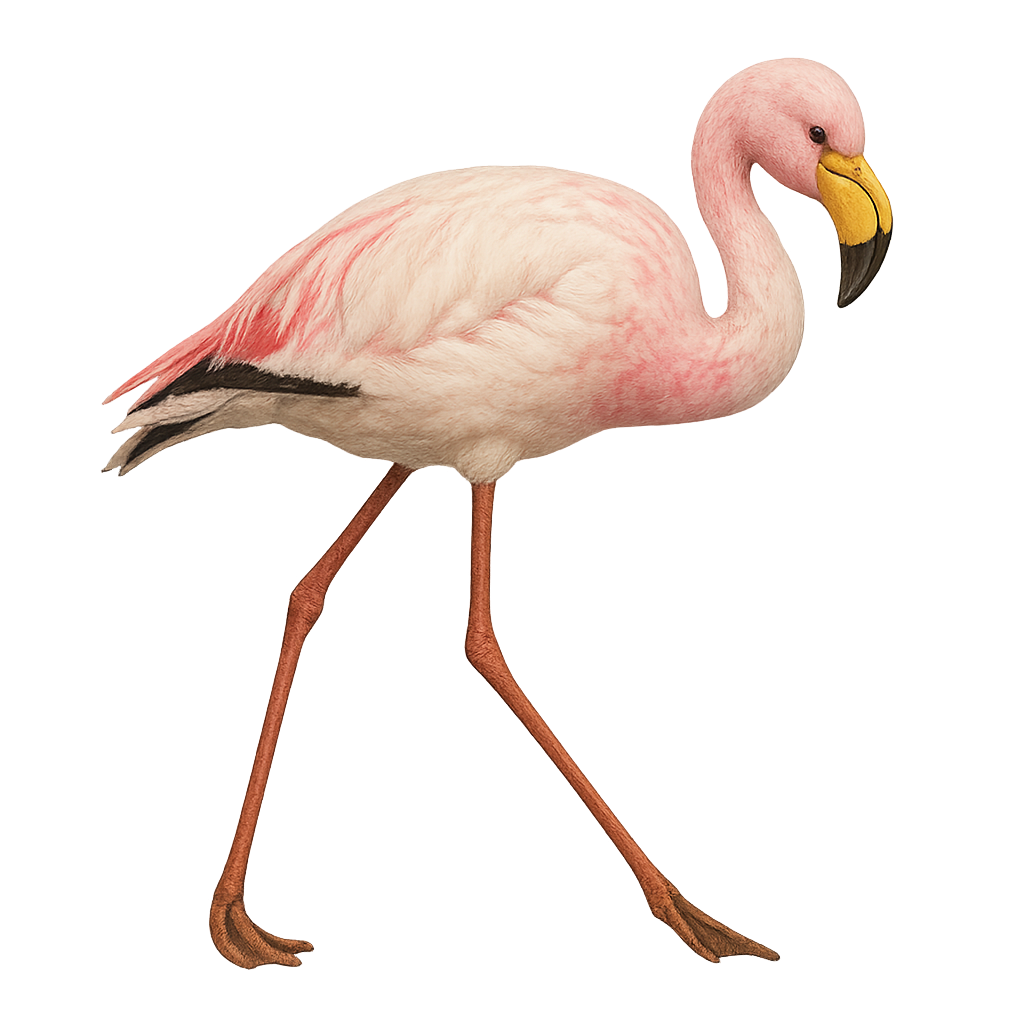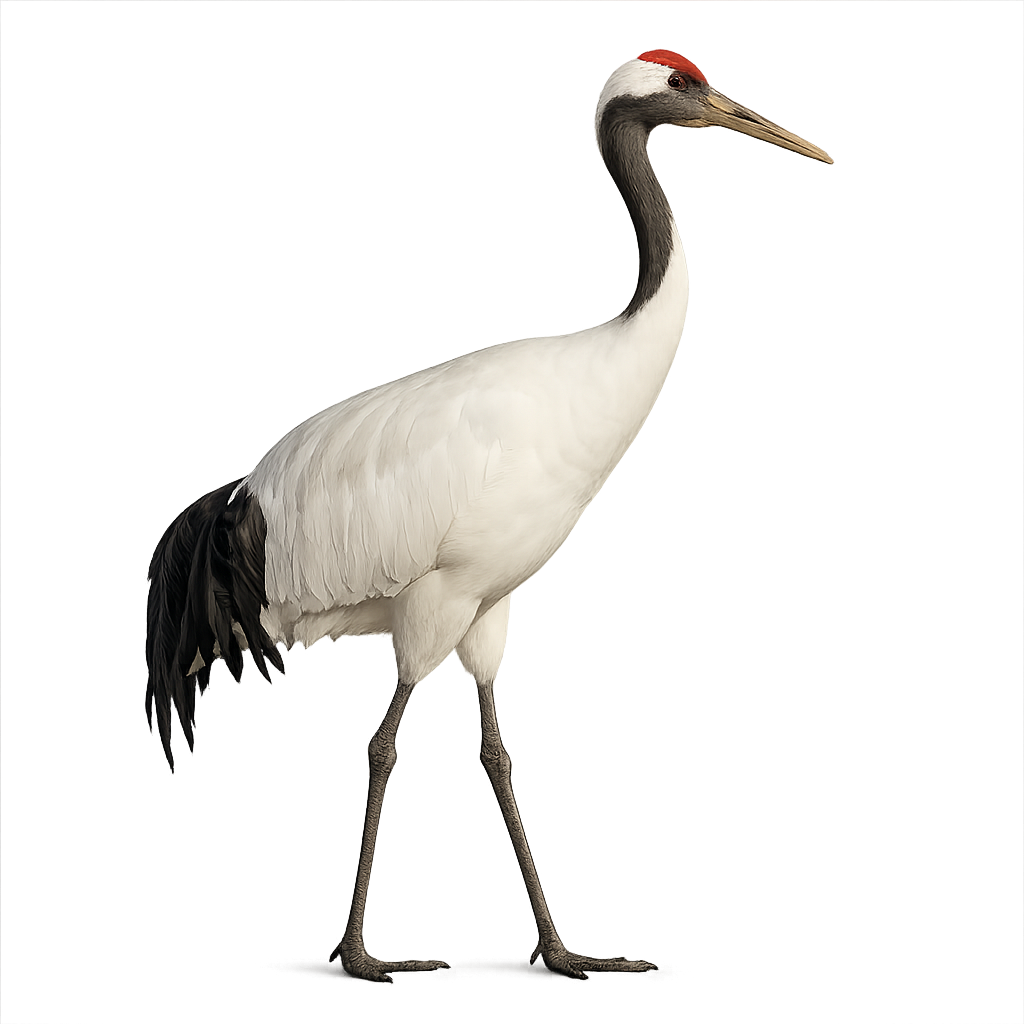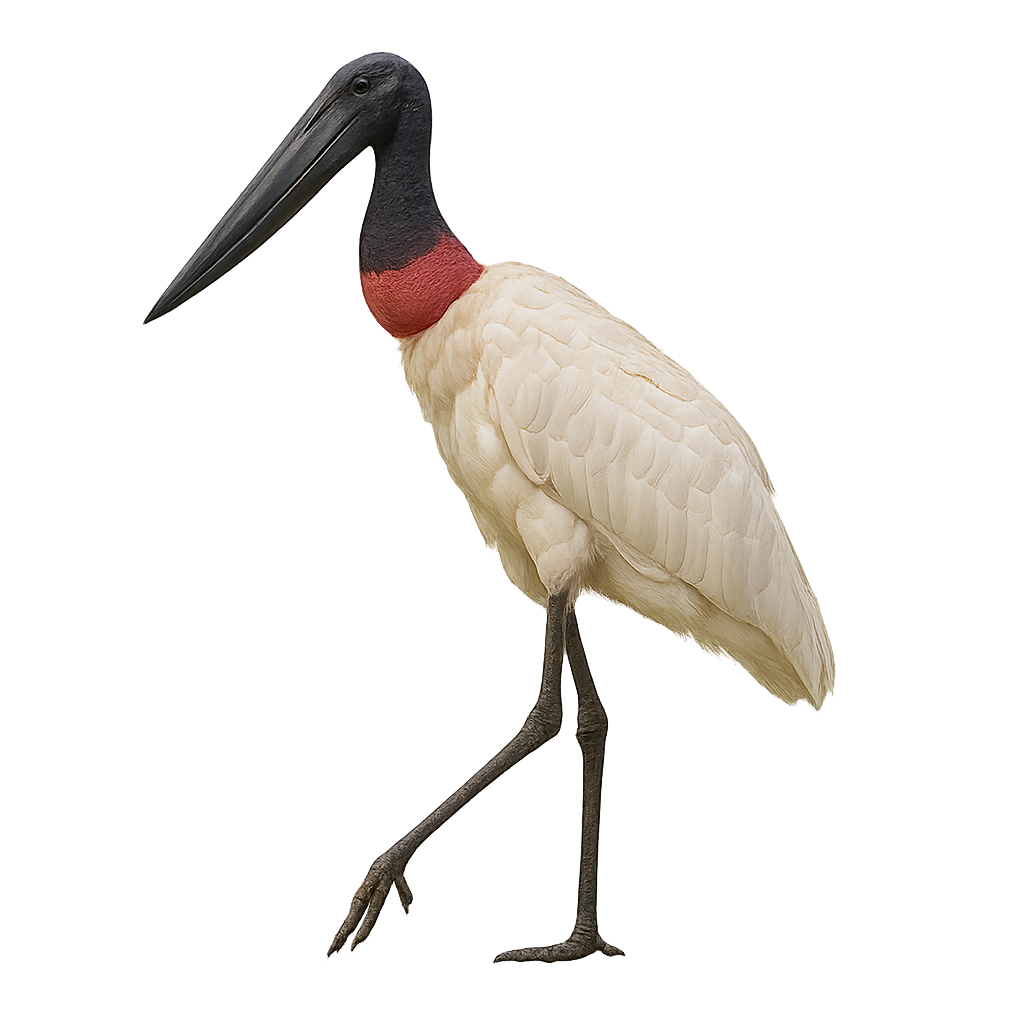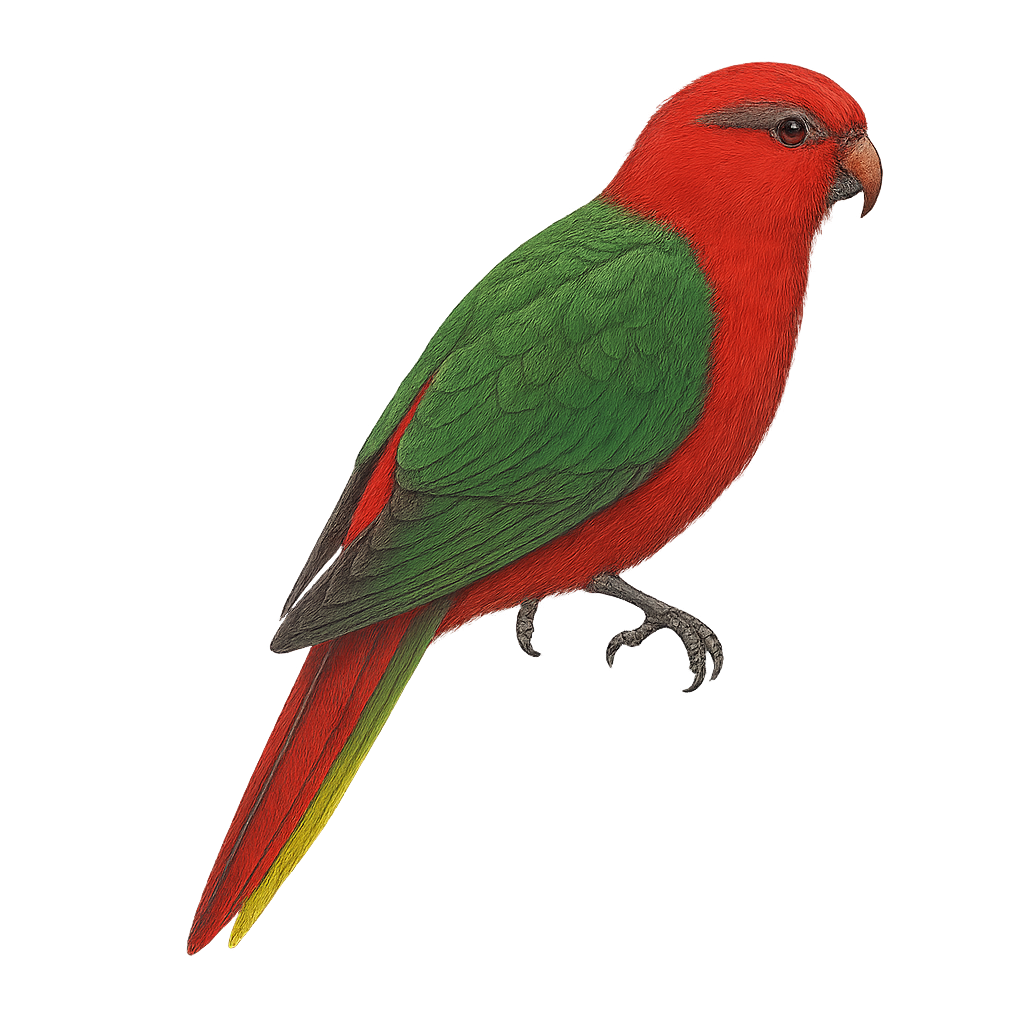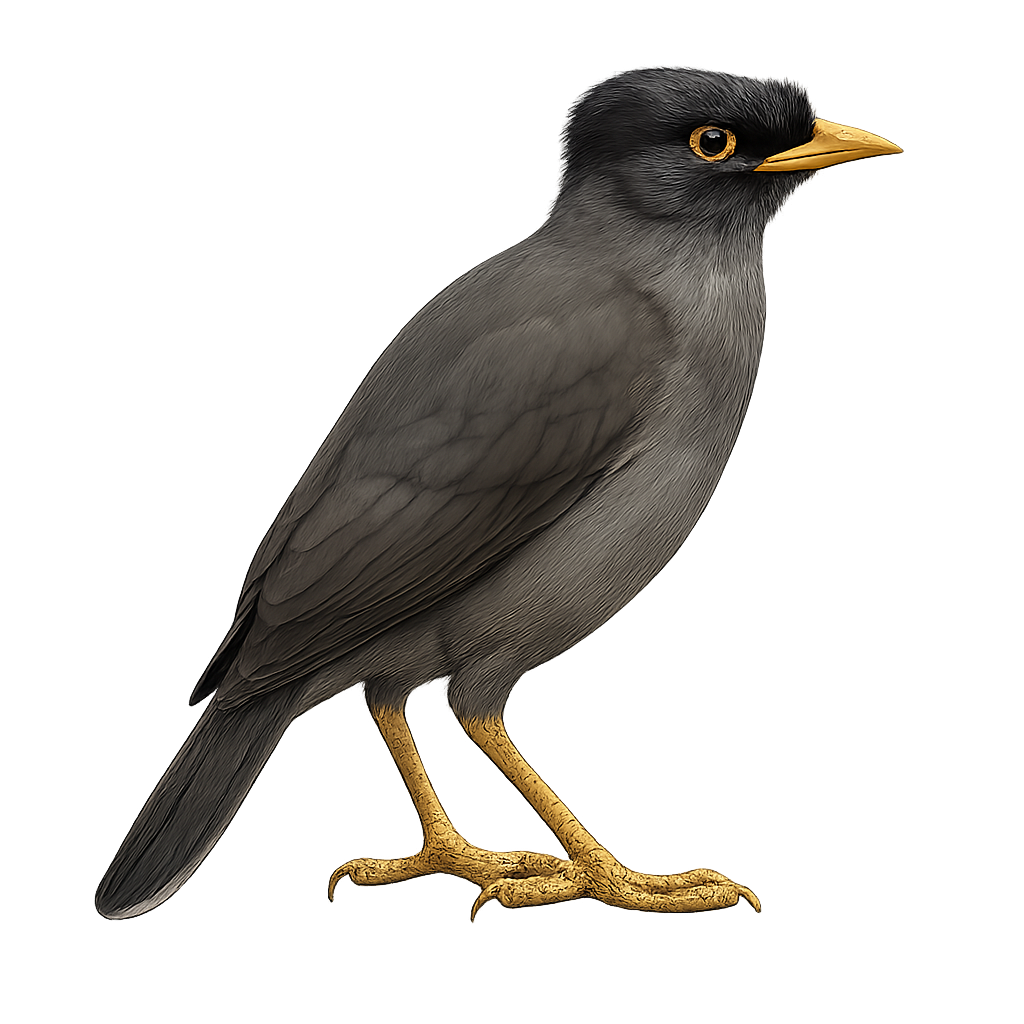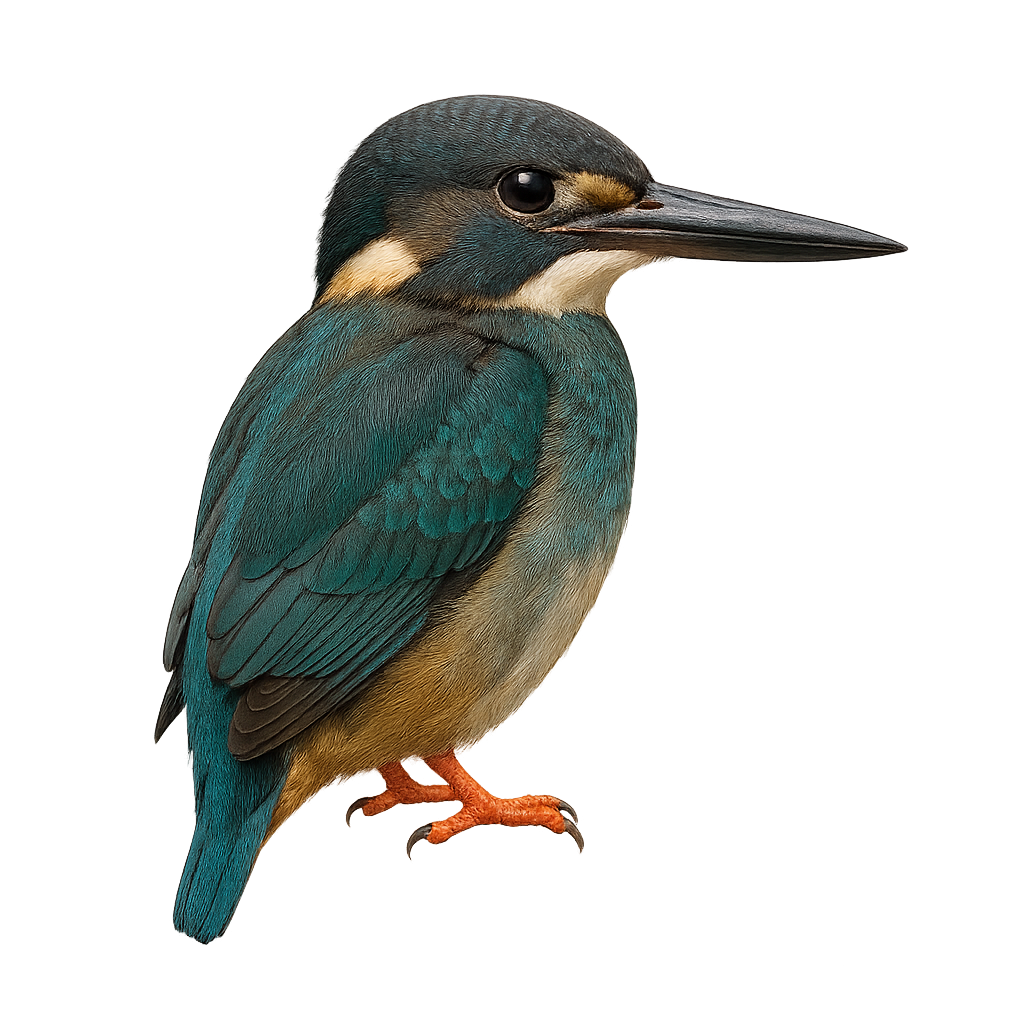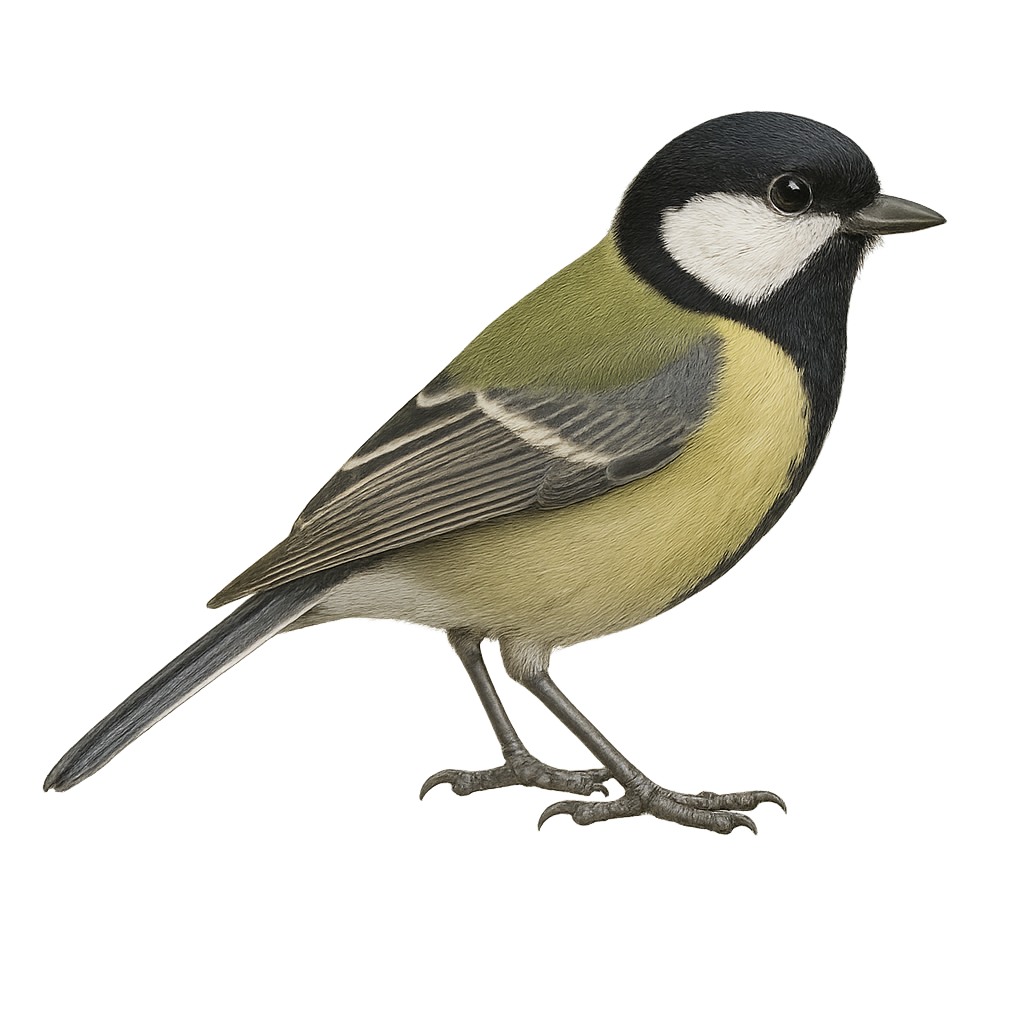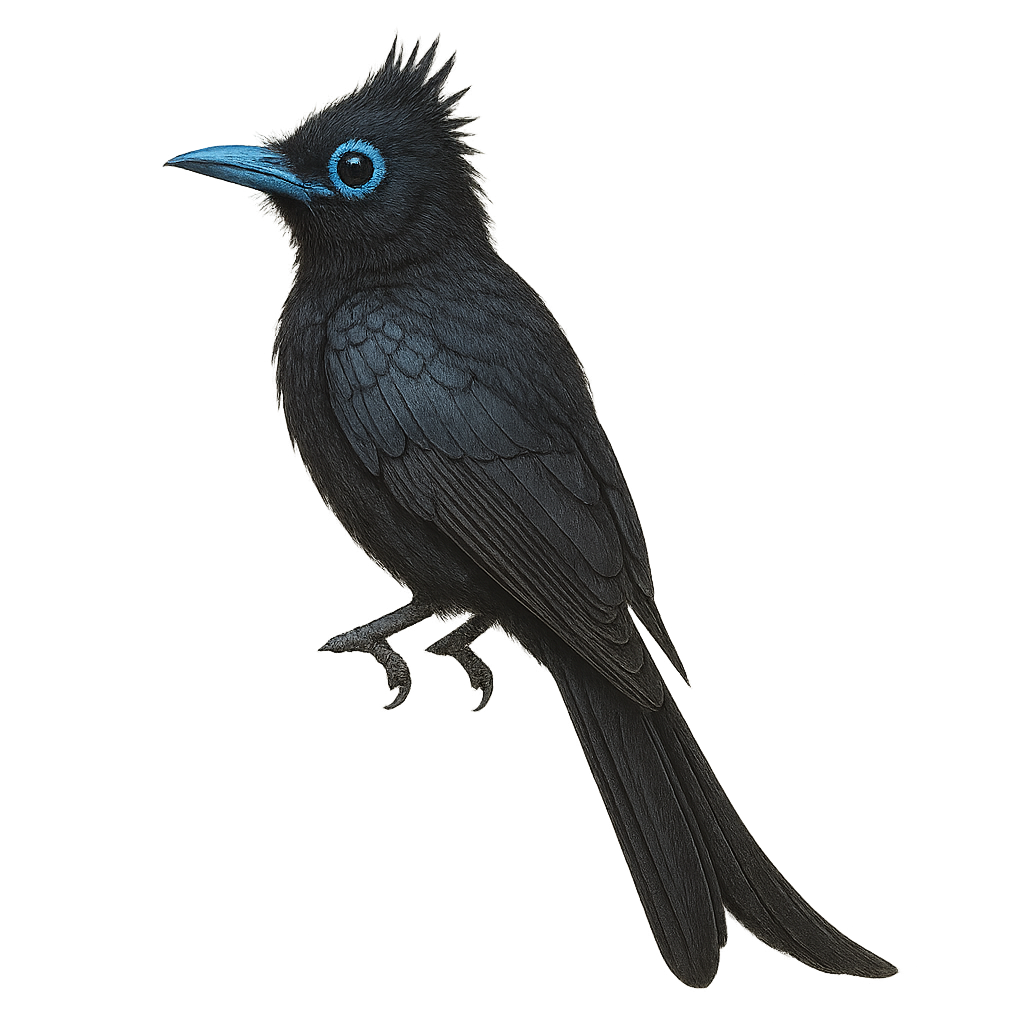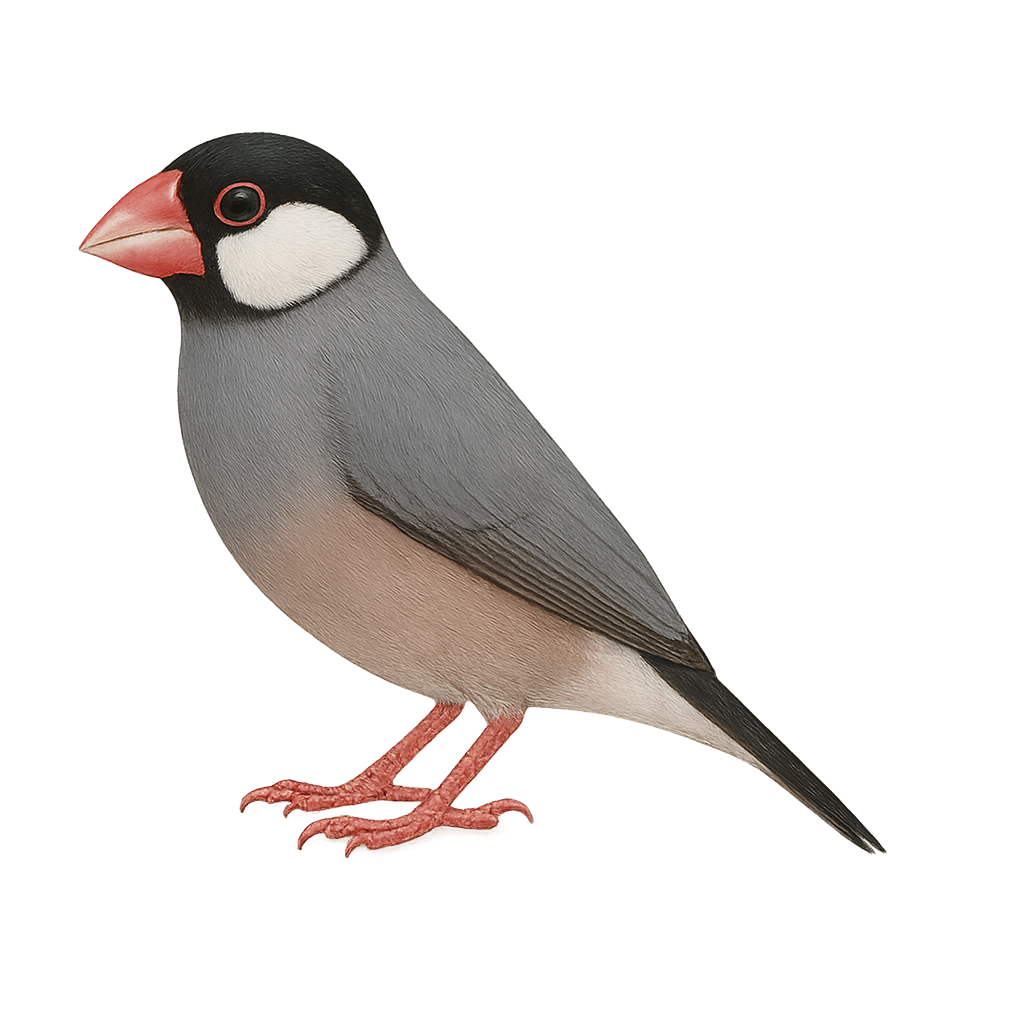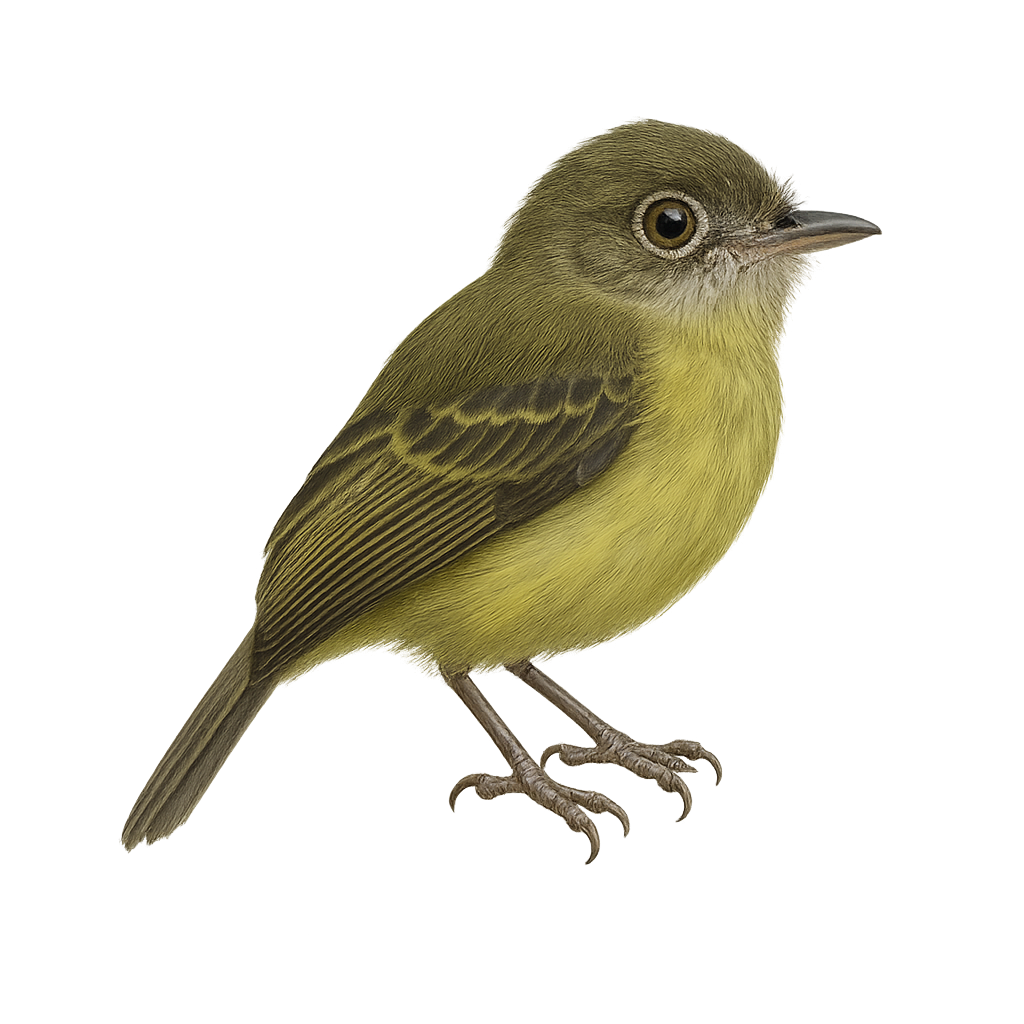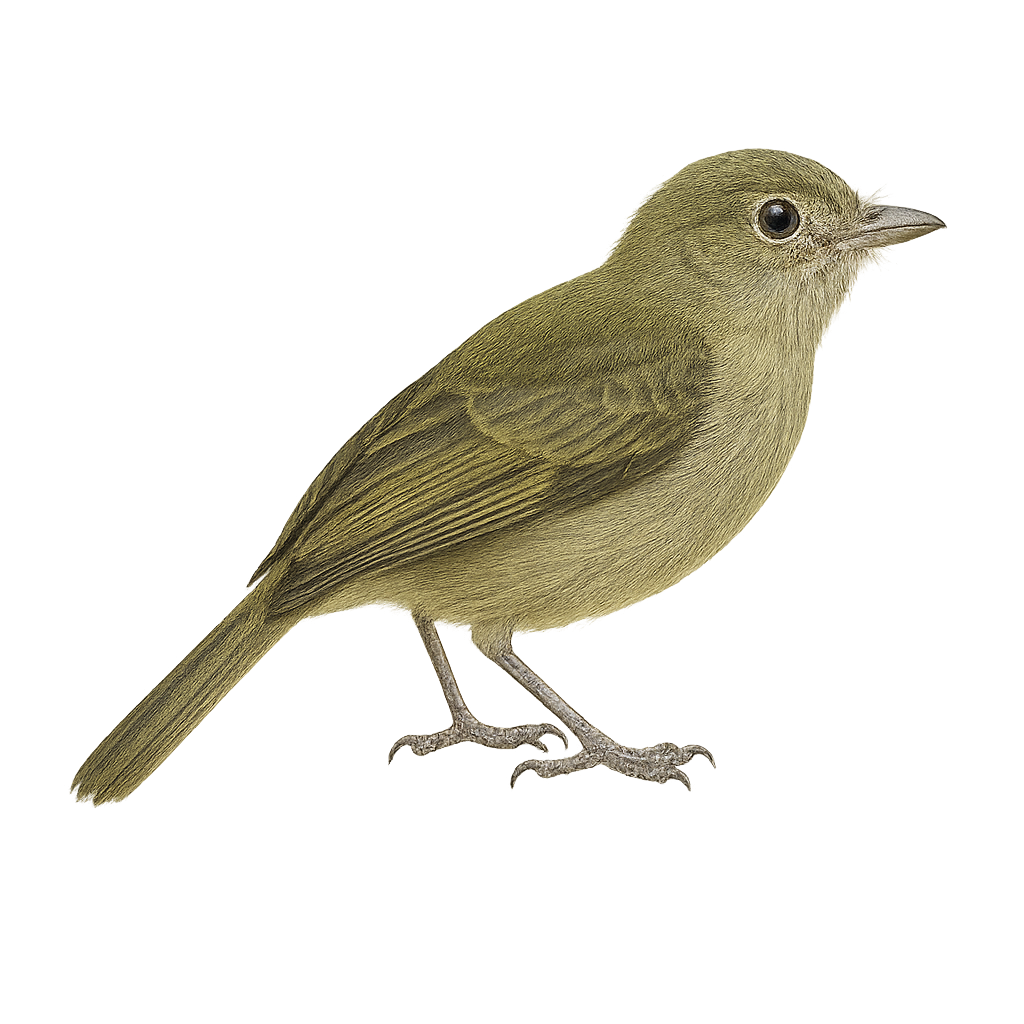The Jameson's Snipe is a discreet and well-camouflaged bird, belonging to the Scolopacidae family. It is primarily found in the wetlands and high-altitude grasslands of the Andes in Colombia, Ecuador, and Peru. This medium-sized bird, measuring about 25 to 28 cm in length, is distinguished by its mottled brown plumage, which allows it to blend into its surroundings. Its long, straight bill is ideal for probing the ground for worms and insects. Although not extensively studied, this species is considered to have a stable population but remains vulnerable to changes in its natural habitat.
The Great Snipe is an elegant wader, easily recognized by its mottled brown and beige plumage and two long white bands visible on its wings, from which it gets its name. This species, slightly larger than the Common Snipe, inhabits marshes, wetlands, and riverbanks in Europe and Asia, where it primarily feeds on worms, insects, and small crustaceans found in the mud. The Great Snipe is a particularly discreet bird, often blending into its environment.
Migratory, it covers long distances between its breeding grounds in Europe and its wintering sites in North Africa and Asia. Although less abundant than other waders, the Great Snipe is affected by habitat loss and changes in the hydrological regime in its breeding areas.
The Japanese Night Heron, or Gorsachius goisagi, is a rare and elusive bird primarily found in Japan. It is characterized by its brown plumage and streaked patterns, which help it blend into its forested environment. This bird prefers dense, humid forests where it can find its diet of small fish, insects, and amphibians. The Japanese Night Heron is a migratory bird, wintering in Southeast Asia. Its population is declining mainly due to habitat loss, and it is classified as a vulnerable species by the IUCN. Conservation efforts are crucial to ensure its long-term survival.
The Jackson's Hornbill is a fascinating bird, endemic to certain regions of East Africa. It is distinguished by its large bill and vibrant coloration, with shades of black, white, and red. This hornbill prefers wooded habitats and savannas, where it primarily feeds on insects, fruits, and small vertebrates. Known for its social behavior, it often lives in small family groups. The breeding period is marked by a unique nesting ritual, where the female is sealed inside a tree cavity by the male, who feeds her throughout the incubation period. This species is currently considered vulnerable due to habitat loss and hunting.
The James's Flamingo, or Phoenicoparrus jamesi, is an elegant and graceful bird primarily found in the high Andean plateaus of South America. It is recognizable by its pale pink plumage, red legs, and yellow bill with a black tip. This flamingo prefers saline and alkaline lakes, often located at high altitudes, where it feeds mainly on algae and small crustaceans. Although less known than other flamingo species, the James's Flamingo plays a crucial role in its ecosystem by helping regulate populations of aquatic microorganisms. Unfortunately, this species is threatened by habitat loss and human disturbances, making its conservation essential.
The Japanese Jay is a medium-sized bird known for its colorful plumage and distinctive crest. It features a mix of colors from pinkish-brown to bright blue on the wings, with black and white markings. This bird is primarily arboreal, inhabiting deciduous and coniferous forests in Japan. It is known for its intelligence and ability to mimic sounds. Omnivorous, it feeds on acorns, insects, and small animals. The Japanese Jay plays a crucial role in seed dispersal, aiding forest regeneration.
The Japanese Crane is a large migratory bird, recognized for its elegant silhouette and spectacular courtship dances. It stands about 140 cm tall, with a wingspan of 2.4 to 2.8 meters, and weighs between 6 and 10 kg. Its plumage is mainly white, with black feathers on its back and wings, and a distinct red head, which is often featherless. It also has black patches around its eyes. The Japanese Crane primarily inhabits marshes, rice fields, and wetlands in Japan, but it is also found in China and Russia. It mainly feeds on aquatic plants, seeds, small insects, and occasionally small fish. This species is famous for its ritual courtship dances, during which the partners engage in graceful jumps and movements. The Japanese Crane is an endangered species due to habitat loss, pollution, and poaching. Conservation efforts have been made to protect its breeding habitats and resting areas.
The Jabiru is a large stork species, easily identifiable by its striking white plumage and distinctive black neck. It is the largest member of the stork family in the Americas, reaching a height of 1.4 meters with an impressive wingspan of 2.6 meters. Its massive black bill is perfectly adapted for catching fish, its primary food source. It is mainly found in the wetlands of Central and South America, where it plays a crucial role in the ecosystem by regulating fish populations and other small aquatic animals. Despite its imposing size, the Jabiru is a rather discreet bird, often seen alone or in small groups.
The Josephine's Lorikeet, or Charmosyna josefinae, is a small, colorful parrot native to the tropical forests of New Guinea. It is distinguished by its vibrant plumage, primarily green with touches of red and blue. This lorikeet is particularly adapted to arboreal life, feeding mainly on nectar and pollen, but also on fruits and insects. Its curved beak is ideal for accessing flowers, and its social behavior often makes it visible in small groups. Although its habitat is threatened by deforestation, it remains relatively common in protected areas. Its ability to fly quickly and its distinctive call make it a fascinating bird to observe.
The Jungle Myna, or Acridotheres fuscus, is a medium-sized bird belonging to the Sturnidae family. Native to South Asia, it is often seen in forests, agricultural areas, and urban environments. This bird is characterized by its dark plumage, bright eyes, and yellow beak. Sociable and adaptable, the Jungle Myna is often seen in groups, foraging on the ground or in trees. It primarily feeds on insects, fruits, and seeds. Its song is varied and melodious, making it a favorite among birdwatchers. Although generally not very shy, it can be suspicious in areas where it is less accustomed to human presence.
The Javan Blue-banded Kingfisher is a medium-sized bird known for its striking plumage and distinctive blue band across its chest. It primarily inhabits tropical rainforests and slow-moving rivers in Southeast Asia. This kingfisher is an adept hunter, feeding mainly on small fish and aquatic insects. It is often seen perched on low branches, watching the water for prey. Although its habitat is threatened by deforestation, it remains relatively common in some protected areas.
The Japanese Tit, or Parus cinereus, is a small songbird belonging to the Paridae family. It is primarily found in East Asia, notably in Japan, Korea, and parts of China. This bird is recognizable by its distinctive black and white plumage, with a black cap, white cheeks, and a grayish belly. The Japanese Tit is a sociable and active bird, often seen in small groups. It feeds mainly on insects, seeds, and fruits. It is known for its ability to adapt to various habitats, including forests, urban parks, and gardens.
The Japanese Paradise Flycatcher, or Terpsiphone atrocaudata, is an elegant and fascinating bird primarily found in the dense forests of Japan, Korea, and China. This bird is renowned for its glossy black plumage and long tail feathers that can reach up to 30 cm in males. Females, on the other hand, display more subdued colors, with brownish hues and a shorter tail. The Japanese Paradise Flycatcher is a migratory bird, moving south for the winter. It primarily feeds on insects, which it catches in flight with remarkable agility. Its melodious and varied song is often heard at dawn and dusk, adding a unique soundscape to the forests it inhabits.
The Japanese White-eye, scientifically known as Zosterops japonicus, is a small passerine bird with olive-green plumage and a distinctive white eye-ring. Native to East Asia, it is commonly found in gardens, forests, and urban areas. This bird is highly social and often moves in flocks. It primarily feeds on nectar, fruits, and insects. Its adaptability to various environments makes it a resilient species. Although mainly resident, some individuals migrate seasonally. Its presence is often marked by its melodious song and high-pitched calls.
The Java Sparrow, or Padda oryzivora, is a small exotic bird native to Indonesia, particularly the islands of Java, Bali, and Bawean. It is easily recognizable by its pearl-gray plumage, black head, white cheeks, and bright pink beak. Measuring about 14 cm in length, this bird is often appreciated for its beauty and melodious song. In captivity, it is popular as a pet bird. In the wild, it lives in groups and primarily feeds on seeds, especially rice, which sometimes makes it a pest in rice fields. The Java Sparrow is a social bird that enjoys perching high and bathing regularly.
The Jamaican Tody, or Todus todus, is a small bird endemic to Cuba, known for its bright green plumage and vivid red throat. Measuring about 11 cm in length, it is easily recognizable by its broad, flattened beak, perfect for catching insects. This small bird primarily inhabits humid forests, mangroves, and wooded areas, where it feeds mainly on insects and small fruits. Its song is a soft "tot-tot," often heard in the undergrowth. Although its population is stable, preserving its natural habitat is crucial for its survival.
The Johannes's Tody-Tyrant is a small passerine bird belonging to the Tyrannidae family. It is primarily found in the tropical and subtropical moist forests of South America, particularly in Brazil, Colombia, and Peru. This bird is characterized by its olive-green plumage on the back and pale yellow on the belly, with a gray head and a short, flattened bill. It is often seen actively moving through the lower branches of trees, searching for insects and spiders, which make up the bulk of its diet. The Johannes's Tody-Tyrant is a discreet bird, with a soft, repetitive trill as its song. It plays an important role in the ecosystem by controlling insect populations.
The Josephine's Tody-Tyrant is a small passerine bird belonging to the Tyrannidae family. It is primarily found in the humid tropical forests of South America, particularly in Peru, Colombia, and Brazil. This bird measures about 9 to 10 cm in length and is characterized by its olive-green plumage, pale yellow belly, and relatively short beak. It is often seen alone or in pairs, actively moving through foliage in search of insects. Although discreet, its high-pitched and repetitive song makes it easier to locate. The Josephine's Tody-Tyrant plays an important role in the ecosystem by controlling insect populations.


